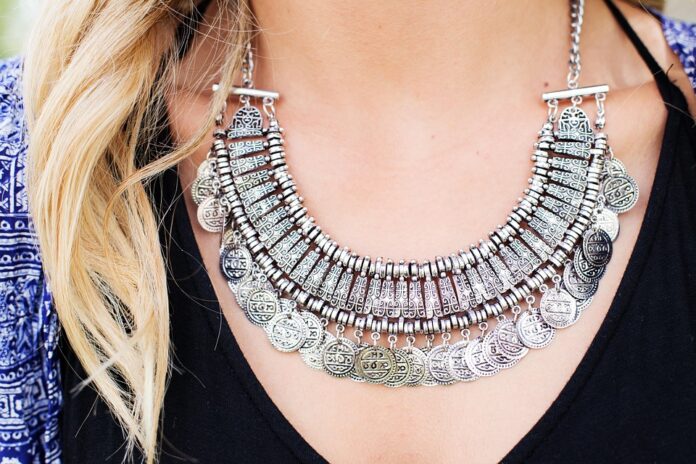Insightful Jewelry Observations have always been understood as more than an ornament, as significant meanings lie beneath the surface, pertaining to the personal, cultural, and historical importance of core such items. Power, love, spirituality, and even protection are symbols, at various times in history, of different pieces of jewelry. Consider the neglected meaning of jewelry—it speaks volumes about the traditions and values from which we are shaped.
Mirror to Identity and Status
At the start, ornaments have always been known to be a symbol of one’s identity and social class. In ancient Egypt, pharaohs adorned themselves with heavy gold ornaments, not as a show of wealth alone, but more as an indication of their divine association. Likewise, European royalty flaunted crowns, tiaras, and other accessories studded with jewels to legitimize their rank. Today, engagement rings continue to symbolize not only commitment but also status, with diamonds taking the center stage owing to their meaning of durability and everlasting love.
Culture-Related and Traditional Meanings
Different interpretations of jewelry are henceforth unique to different cultures. In India, for instance, the very much considered mangalsutra signifies commitment to married life and prosperity-woven into the sacred necklace worn by women after marriage. In the same way, jade in Chinese culture acts as a symbol of bringing good fortune and protection. Moreover, there are those people who bear religious tongue-twisters like the cross in Christianity or the Hamsa in the Middle East as a reminder of faith and guides them spiritually. After all, they can see that jewelry goes past being mere aesthetic creations and turns into something that houses ageless beliefs and patterns of things.
Emotional and Memories
Apart from cultural relevance, Insightful Jewelry Observations also has the most sentimental value for many. Heirloom jewelry being handed down generations carries the memories and stories of the dearest ones. A grandmother’s locket or a father’s signet ring may serve as a physical reminder of the family heritage. Friendship bracelets and promise rings, like those, are material renditions of the connection and shared experiences. Hence, while they are all treasures, they store so many emotions and happenings that words cannot express.
Protective and Magical Qualities
Beyond symbolism, Insightful Jewelry Observations has also been connected to the attributes of protection and mysticism. There has been a general belief among ancient people that amulets and talismans could protect individuals from evil. For example, the Evil Eye is used to shield one from malicious energies according to Mediterranean and Middle-Eastern cultures. The same goes for precious stones as associated birthstones encircle the premises of fortunes and enhance personal qualities. The same thinking prevails today as modern-day jewelry designs manifest such a spiritual and healing element.
The Evolution of Style and Meaning
Although symbolism differs across cultures and epochs, there is a constant evolution of meaning concerning styles used vis-a-vis jewelry. Minimalist styles have gained prominence over time and often signify simplicity and elegance of some form. On the other hand, statement jewelry is seen as a display of dramatic self-assertion and confidence. More contemporary trends, for example, personalized name necklaces or engraved bracelets, express the values of individuality and storytelling. Thus, the changing language of fashion inevitably trails the interpretation of jewelry.
Conclusion
Insightful Jewelry Observations ought to be described as an adornment and an expression of identity, culture, or emotion, or sometimes even a tool against evil forces. For a myriad of reasons-from status to personal significance to spiritual beliefs-each piece tells us a secret of the broader stories to which the wearer connects. The relevance of Insightful Jewelry Observations waxes and wanes as trends change, but it remains an everlasting mirror to the narratives of both self and community.



